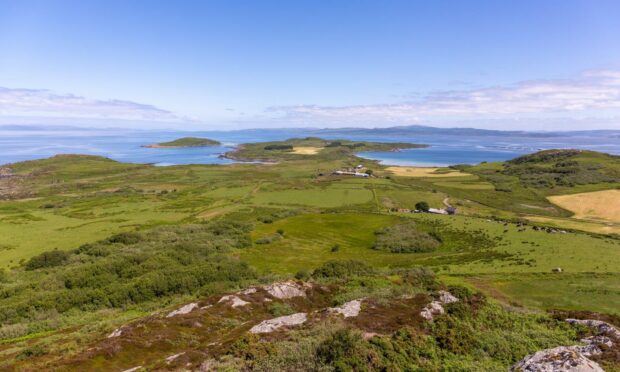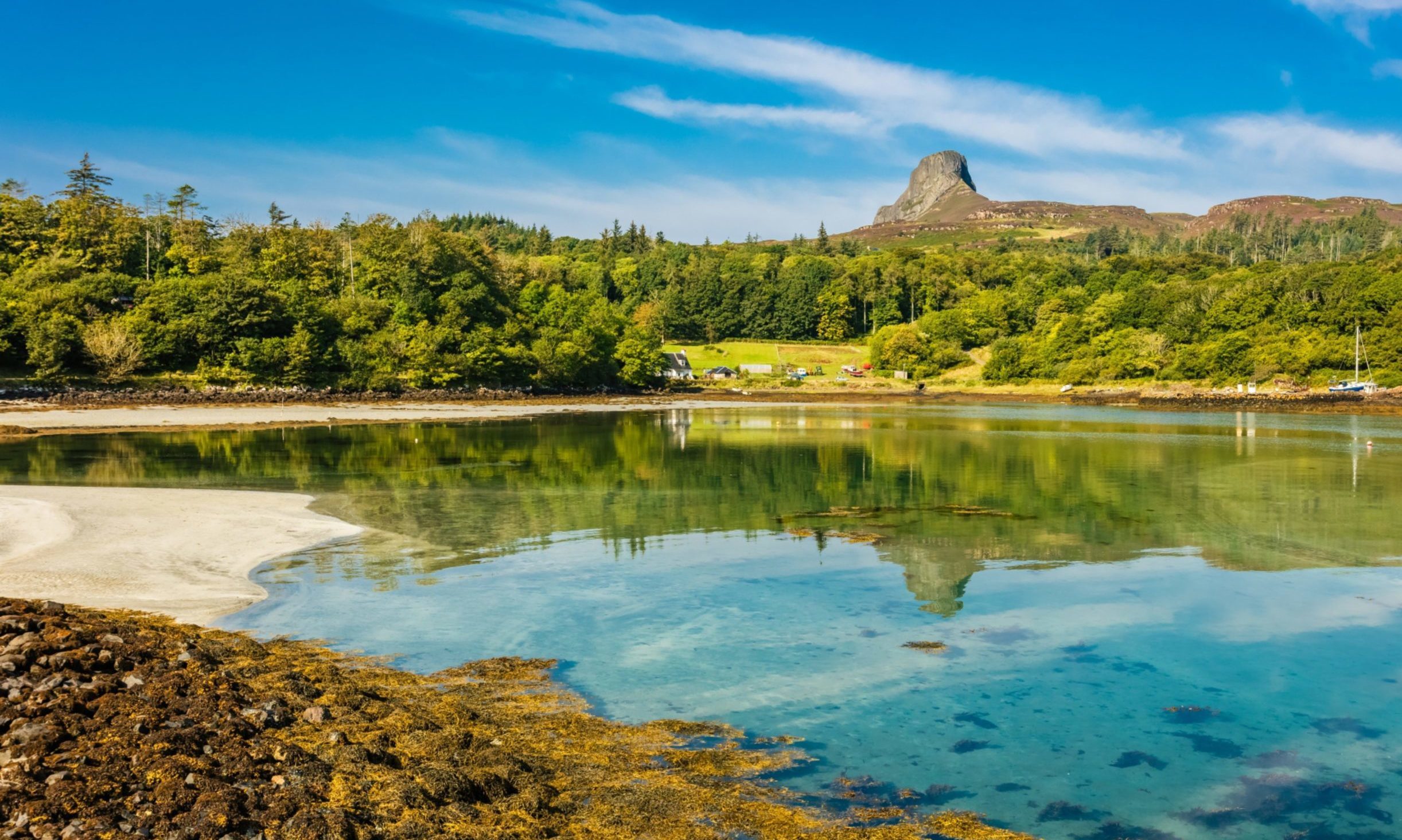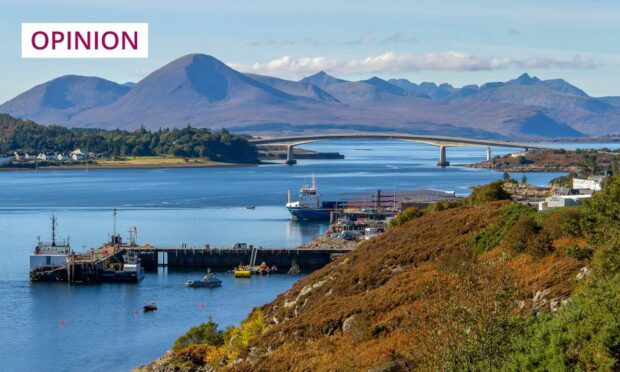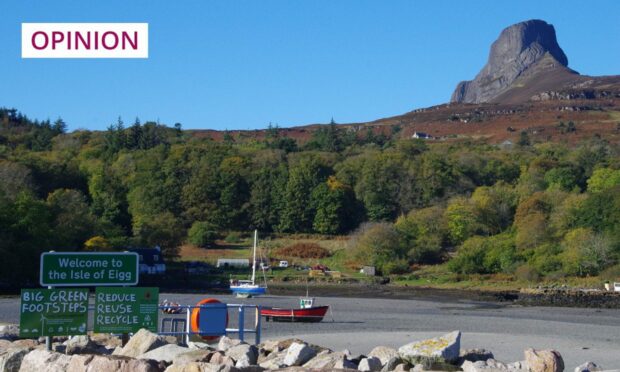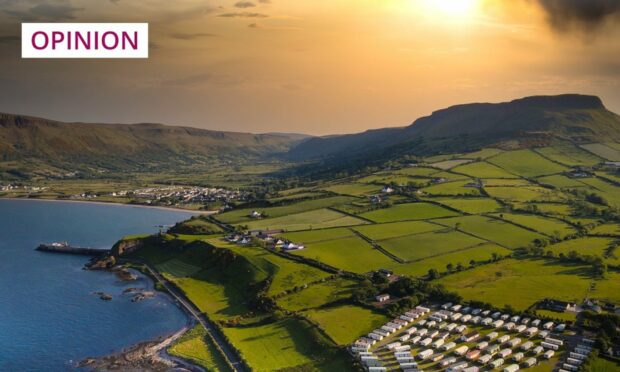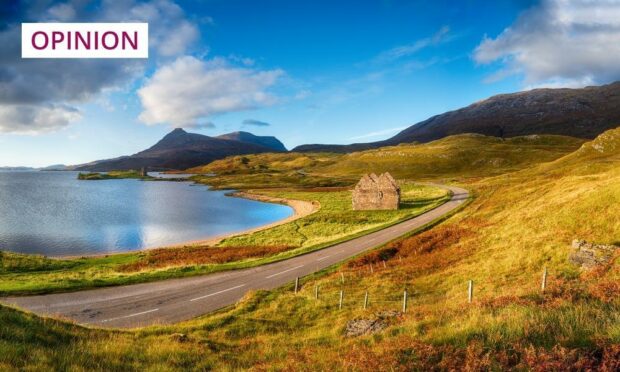In a fortnight, residents of Gigha will mark the 20th anniversary of the community buyout of their island.
Some observers may be surprised. Seven years ago, there were predictions Gigha would be the first community buyout to fail.
Press reports said the island’s owners, the community-led Isle of Gigha Heritage Trust (IGHT), faced financial ruin with debts of £2.7 million.

There was a whiff of schadenfreude amongst those happier that land be inherited or purchased by the rich. They were waiting for one of the buyouts to fall flat on its face.
Gigha looked like delivering. Sections of the media appeared particularly vigilant about scrutinising the trust’s accounts, and still do – a vigilance not always apparent on privately-owned estates.
But, as of January 31, Gigha’s debt was down to £506,359. It should be reduced by another £200,000 shortly, with the sale of a property which would cost too much to renovate to required standards for letting.
Gigha now has assets worth £7.5 million
When the community was buying the island, a survey found that, of the 42 houses that came with the estate, 75% were classed as “below tolerable standard” and 23% were “in serious disrepair”. It also revealed a high level of hidden homelessness, with parents or siblings providing homes for adults.
In the first decade, 30 of the properties were renovated, helping explain the debt that would become newsworthy. More recently, new kitchens, windows, and heating systems have been financed entirely by IGHT’s own funds.
Never a 1 size fits all approach..But some great population increase stats on community owned estates.#Eigg – 83% ^ (60 at buyout to 110 today)#Gigha – 82% ^ (92 pre buyout, now 165-70)#Knoydart – 73% ^ (60 pre buyout, now 104) #WestHarris – 49% ^ (110 pre buyout, now 164)
— Philip Coghill (@philcoghill) January 26, 2022
It now owns 30 residential properties, four farms, five self-catering units and four finance-generating wind turbines – assets worth £7.5 million.
But, the most important statistic for IGHT, which employs 14 people, is not in the balance sheet. It is that the population of 92 before the buyout has risen to almost 170.
Centuries of decline reversed.
Momentum of large community buyouts has stalled
The islanders of Eigg will celebrate the 25th anniversary of their buyout in June. That island also suffered remorseless depopulation. Before the buyout, the figure was 64, now it is around 110 (served by an award-winning green energy grid).
Addressing population loss drove many early buyouts. Ownership meant jobs could be created. Houses that people could afford could be built.
Lack of affordable housing is an enormous challenge facing rural Scotland. In remote and fragile communities, the demand for second or holiday homes adds to the pressure from businesses offering short-term lets.
Ulva and Langholm are exceptions
Community ownership establishes a balance. But the momentum of the communities buying large areas has stalled.
The first significant buyout in the Highlands and Islands in many years was in 2018. The 4,942 acre island of Ulva, with only six residents, was bought from its private owner, aided by a £4.4 million Scottish Land Fund (SLF) award.
Two years later, the SLF put £1 million towards the purchase of 5,000 acres from Buccleuch Estates near Langholm, the largest buyout in the south. A nature reserve is being established. A further 5,300 acres is being pursued by the community.
But Ulva and Langholm are exceptions.
Can we save the planet without making the rich richer?
Readers of this column may well be bored of warnings about commercial or private “green lairds”, buying estates to tap into public money available for the likes of tree-planting or peatland restoration.
Activities which can be used to offset carbon emissions from the landowners’ commercial operations or sold to others to do so – greenwashing. They are inflating the price of land beyond the reach of local communities, even with SLF support.
The average price of a Scottish estate increased by 87% in 2021, to £8.8 million, according to Strutt and Parker.
The upmarket estate agents specifically point to the potential for carbon credits as a reason for the rise.
There should be a way of achieving climate change goals without making the rich richer. And a way to do so while increasing the rural population.
SLC says Scotland should restrict land ownership
Ministers have to begin thinking about the hitherto unthinkable – bringing land into public ownership to build new human communities. Communities that would be the frontline in tackling global warming, as many of the early buyouts have long been.
Scotland’s land market is one of the most unregulated. A Sunday press report revealed the 13,000 acre Kilchoan Estate in Knoydart was bought by a German billionaire from its Belgian owners two years ago.
Last week, the Scottish Land Commission published a paper by a QC on property rights. It said: “…many European countries have laws restricting the acquisition, use and management of land, some of which go further than Scots law currently does.
“As long as all parties abide by the legal framework […] there is in principle no reason why similar measures could not be introduced in Scotland.”
They should be.
David Ross is a veteran Highland journalist and author of an acclaimed book about his three decades of reporting on the region
